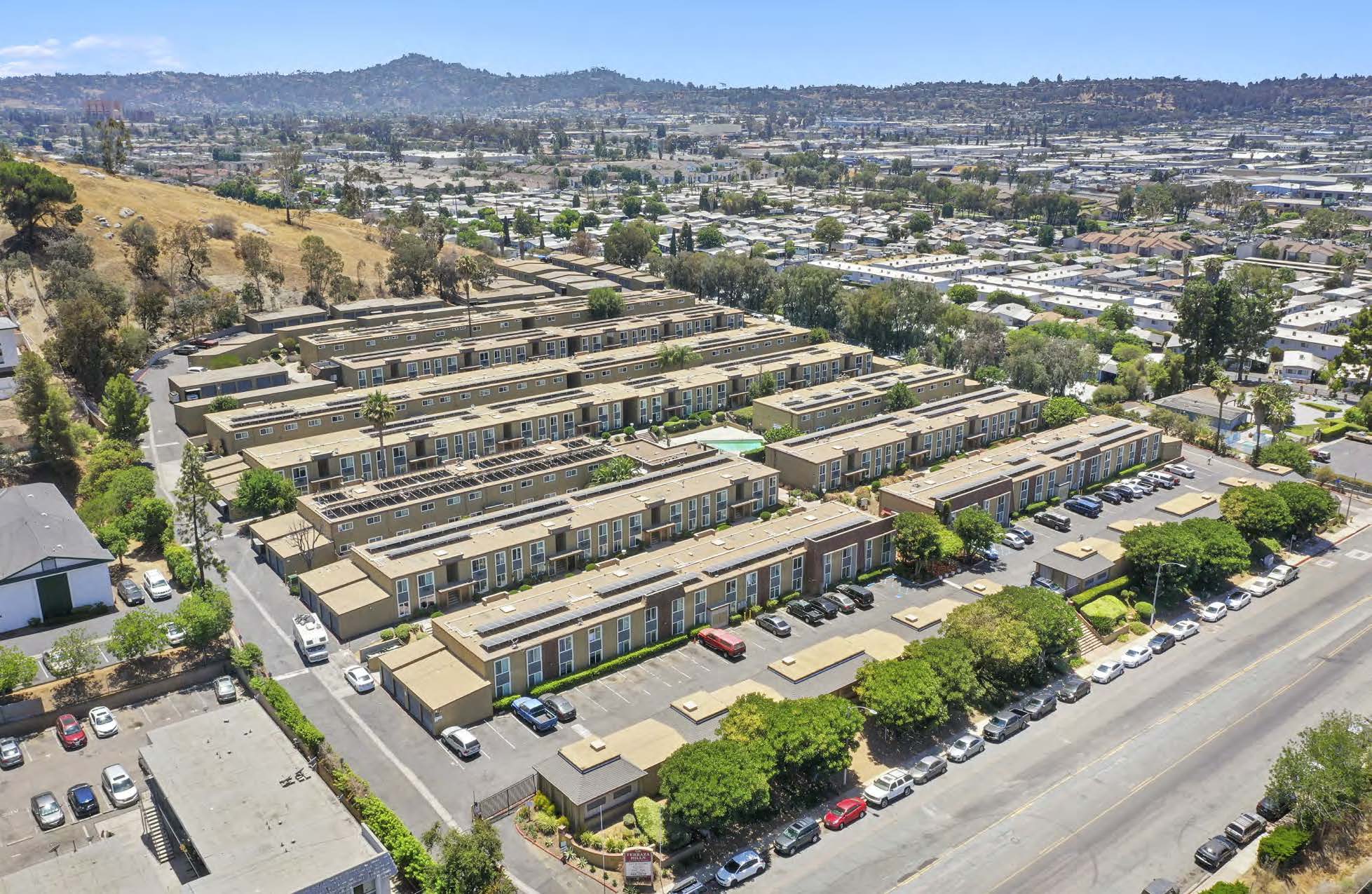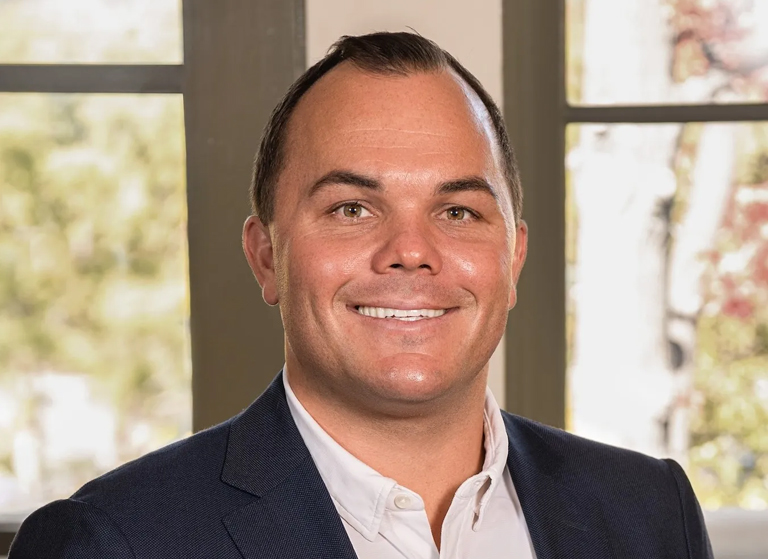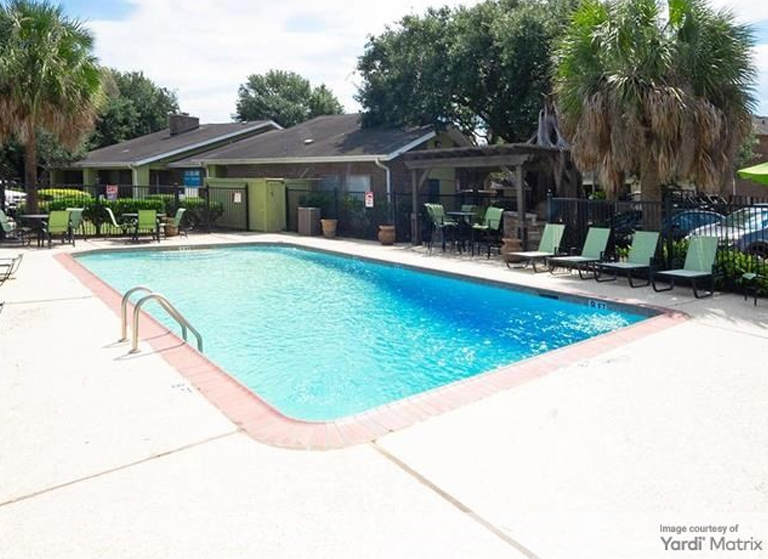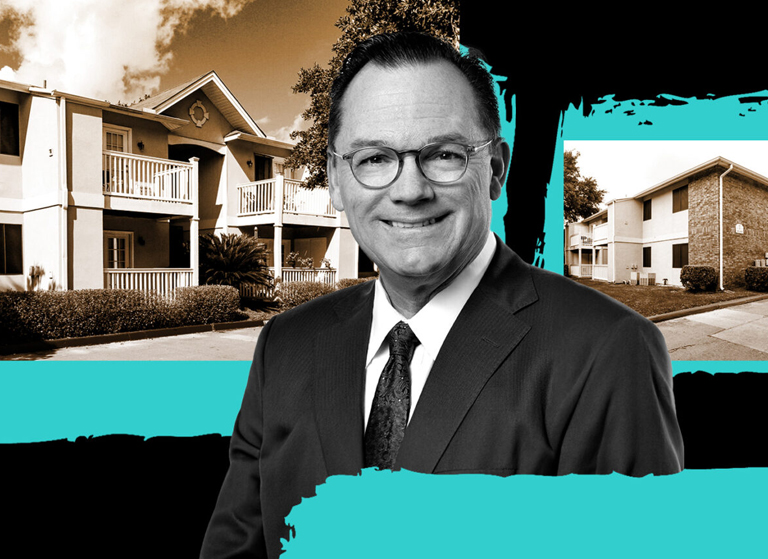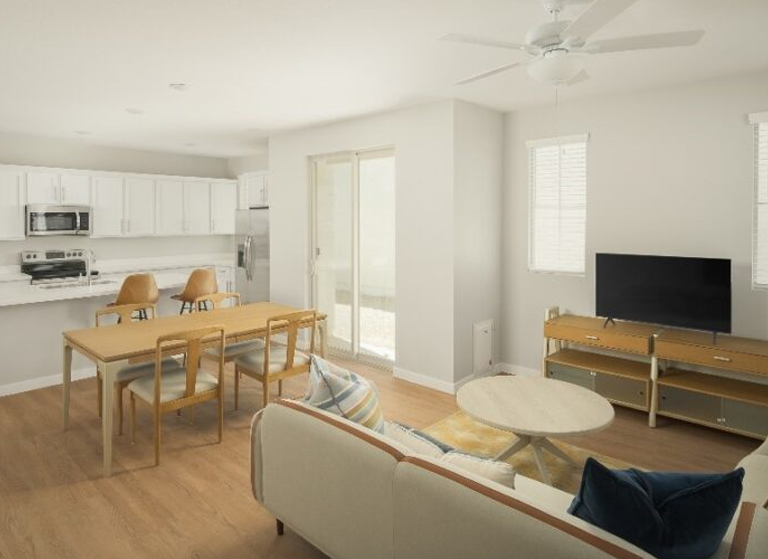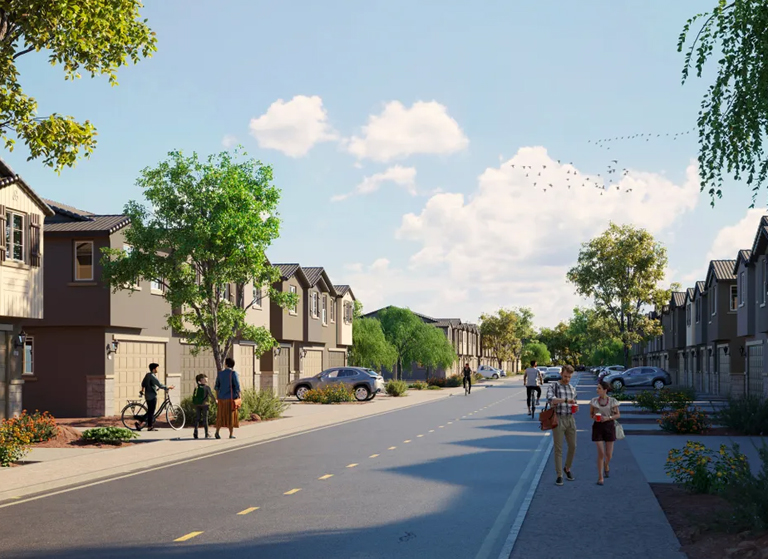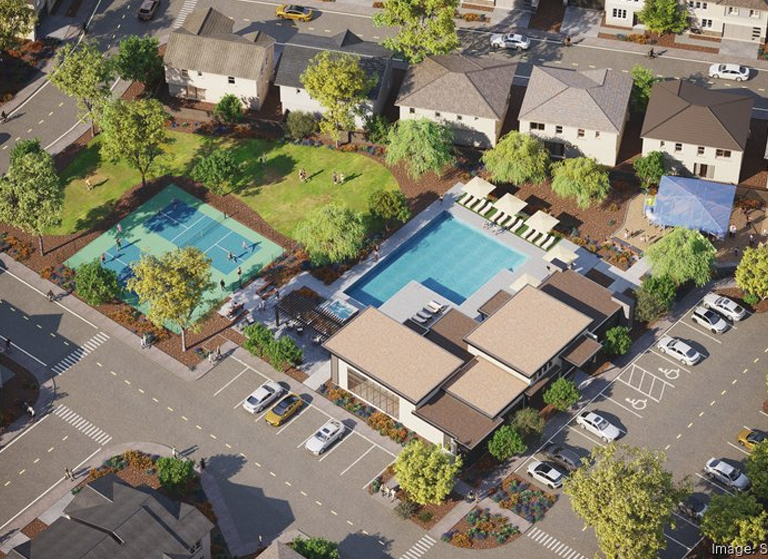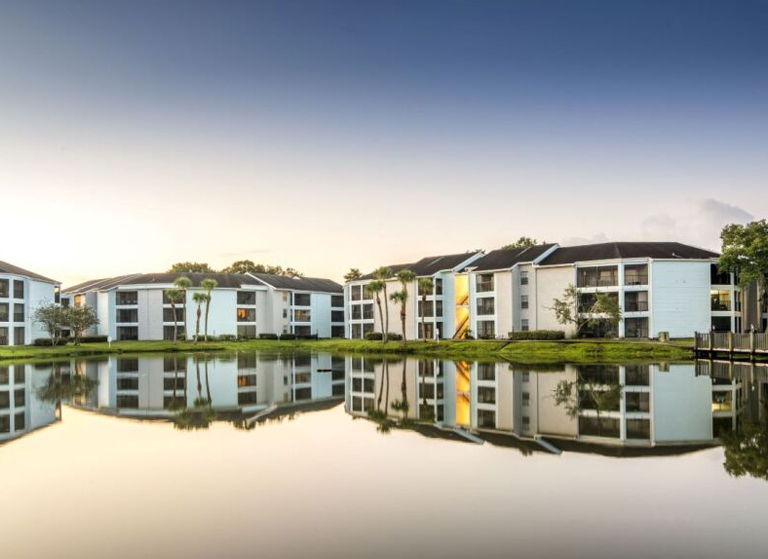As Americans prepare to head to the polls next month, one topic that is sure to be on the minds of many voters—and which both former President Donald Trump and Vice President Kamala Harris have addressed through different proposed policies—is our nation’s housing crisis.
Since the Global Financial Crisis of 2008, the U.S. housing supply has failed to keep up with demand. Despite the pressing need for entry-level housing, driven in large part by population growth and millennials who have reached household formation age, we continue to underbuild homes, particularly attainable, entry-level ones. High labor and construction costs—exacerbated by a shrinking labor pool and supply-chain issues—and soaring interest rates have pushed builders who want to maximize profits to build larger, higher-end homes rather than more affordable products. According to John Burns, we as a nation are undersupplied by at least 2 million homes, and with new-starts lagging demand, we remain in a deficit. It will currently take us years to catch up, if ever.
Housing policies and the regulatory environment, though trying to help the affordability problem, are at best only incrementally helpful and, at worst, making the process of building housing more difficult. Down payment assistance programs, designed to help first-time home buyers, may help a little, but plenty of people don’t qualify due to their household income levels and credit scores. And local municipalities, often influenced by NIMBY activists, enact policies that can be disruptive to new construction projects. Widely debated Prop 33 in California would provide cities the ability to control rental housing prices, which could ultimately slow the construction of new housing projects. All these factors make the housing shortage a difficult puzzle to solve.
The roots of the crisis are storied and complicated, but many can feel the impact. Rising home prices make homeownership increasingly out of reach for many. Affordability is down, with some markets, such as San Jose, Los Angeles, San Francisco and Orange County, requiring more than 50 percent of income on housing costs. The crisis is affecting renters as well, with rents rising across the nation.
While much has been shared from a policy perspective to address the crisis, it’s clear that there’s an acute need to build more entry-level homes across the nation—quickly. One unique solution that was born in the American Southwest in the last decade is build-to-rent communities. Proven both as a viable business model and a well-liked solution for many households, these purpose-built communities of single-family rental homes combine the benefits of single-family living (larger units, dedicated parking, private yard space, lower tenant turnover) with the flexibility, efficiencies, amenities and minimal maintenance responsibilities of renting.
BTR communities are popular among millennials who are looking to move “up” from a two-bedroom apartment and downsizing Baby Boomers alike. Not only do BTR communities help address the need for entry-level homes but they are also liked by those who prefer renting as a lifestyle. This is especially relevant now, given the monthly cost of buying a single-family starter home is more expensive than renting a similar home in each of the top 20 markets across the country. John Burns found that in Austin, Texas, for example, there is a 95 percent purchase premium on homes, meaning it’s 95 percent more expensive to own in that market than to rent. Among all single-family housing starts, the share of BTR doubled from 5 percent in 2021 to 10 percent in 2023, according to the National Association of REALTORS, indicating their popularity.
High interest rates have made development deals more challenging to get started, but with interest rates starting to come down, now is an excellent time to invest in bringing BTR communities to the market. With so few new starts expected to be delivered in 2025, lease-ups should perform well, promising stability in the already resilient single-family rental asset class with strong fundamentals: sticky tenants, high occupancies, lower turnover rates and insulation from economic volatility.
Many can benefit from the BTR opportunity. Investors can work with experienced developers, cities can offer an important product to residents and renters can find a new, safe home where they can contribute to the broader community. Ultimately, as we bring more high-quality homes to the market, households will start to feel some relief from the pressures that this crisis has created.

